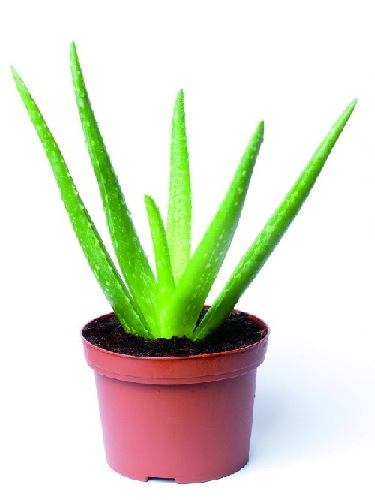|

Research & Development
Being ahead of the pack in identifying the next investment trend, Hu is busy with an investment plan of about 100 million yuan ($16 million) in his hometown of Wenzhou, in east China's Zhejiang Province.
The investment project in the aloe industry will be determined by three main phases within three years. The first phase includes the construction of infrastructure, a laboratory, and aloe vera cosmetics production plants, with an annual output value projected to reach 80 million yuan ($13 million), and $5 million in exports after the construction. The second phase focuses on biomedical production. This is expected to post an annual output value of 100 million yuan ($16 million), and exports of $10 million. A research and development center that specializes in product development will be built in the third phase.
The investment of millions was not just limited to aloe cosmetics. Hu is also optimistic about the prospects of cooperation in biomedical products. His company is working on in collaboration with South Africa's Tshwane University of Technology.
Most existing aloe-based businesses in China were focused on simple product development, and were reluctant to invest more in basic research on aloe's functions, according to Yang Jianrong, senior engineer of the Institute of Vegetables and Flowers, Chinese Academy of Agricultural Sciences. Hu's company seems to be the exception. Yang suggested nurturing the high value-added aloe products to gain more market share, as Hu is doing.
"The cost of aloe cosmetics will be likely reduced by one third, which would be more conducive to boosting domestic sales and exports," said Hu. The output value of the aloe industry is estimated to reach 50 billion yuan ($7.9 billion) by 2015, according to data from the China Aloe Industry Development Report. Such a positive projection offers Hu and his venture major opportunities for market development.
|